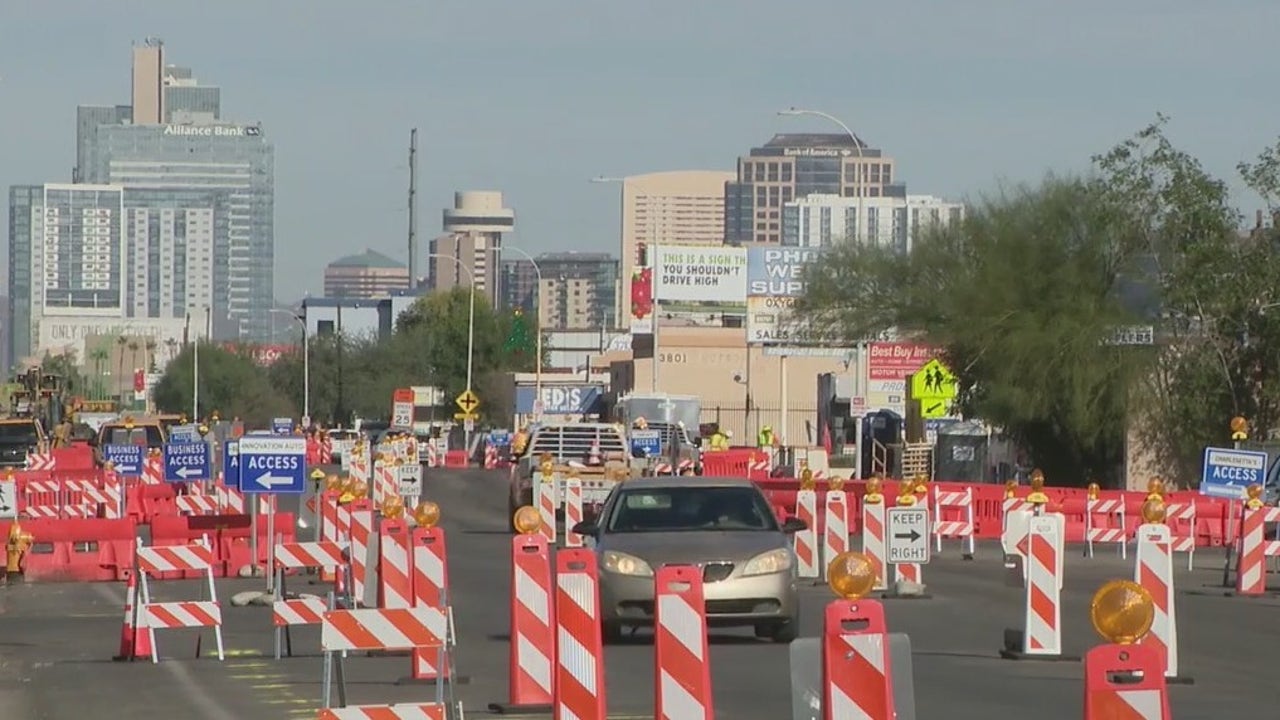PHOENIX (AP) – Federal security officials said Thursday they were investigating an accident in which authorities said an over-speeding milk tanker collided with seven cars on a Phoenix freeway, killing four people and injuring at least nine. The wreck occurred late Wednesday after the tanker “didn’t slow down due to traffic jams,” the Arizona Department of Public Safety said in a statement. The National Transportation Safety Board said it was sending nine investigators to work with the Arizona Public Safety Department to conduct a safety investigation into the crash. Among the questions NTSB investigators will investigate is whether the crash could have been prevented if the tanker had been fitted with electronic safety devices, said board spokesman Chris O’Neil. “Automatic emergency braking is definitely something we want to see.” Six of the nine injured in the crash were taken to hospitals in critical condition, the Phoenix Fire Department said in a statement with four men and two women aged 22 to 45. Details of the four people killed were not immediately disclosed. After the first collision, the trailer of the tanker separated and drove over the center wall of the highway and landed on the side in the lanes leading in the opposite direction, said the state security agency. The authorities ruled out any impairment of the trucker, the authority said. The trucker has not been identified. Currently, there are no federal requirements for articulated trucks to have forward collision warning or automatic emergency braking, although the systems are becoming more common on smaller passenger vehicles, and they either warn the driver or even slow and stop the vehicle when it is about to do something hold true. O’Neil said investigators will determine if the tanker had advanced safety equipment and, if so, how it behaved in the accident. Without the systems, they would determine whether “the collision avoidance technology had alleviated the severity or prevented it entirely,” he said. The NTSB, he said, has been investigating several accidents in which large trucks encountered stopped or slowed traffic. As early as 2015, the NTSB recommended that manufacturers immediately include electronic security systems in the standard equipment. At the time, the agency said the systems could prevent or mitigate more than 80% of the rear-end collisions, which cause approximately 1,700 deaths and half a million injuries annually, agreement with the government in 2016 to run through September 1, 2022 for all light vehicles the standard, and many companies are getting closer to that goal. O’Neil said the team that drove to the scene of the accident included members with experience in motor vehicles. Motorway design, occupant protection, human performance, vehicle factors and technical accident reconstruction. Investigators will also try to determine if the driver’s distraction was a factor in the crash and the environment in which the crash occurred, ”O’Neil said. Investigators generally stay on site for five to ten days and publish a preliminary report 30 to 90 days after the accident completes their fieldwork. The investigations usually take 12 to 24 months. Krisher reported from Detroit. Copyright 2021 The Associated Press. All rights reserved. This material may not be published, broadcast, rewritten, or redistributed in any way without permission.
[ad_2]











